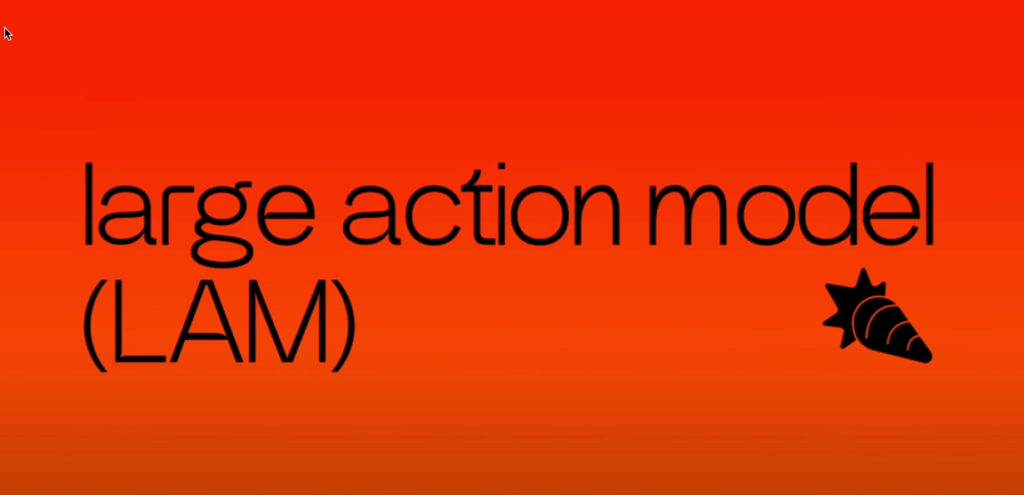
In the ever-evolving landscape of technology, the introduction of Rabbit’s R1 device brings a fresh perspective on how we interact with our digital assistants. At the heart of the R1 lies its groundbreaking software, Rabbit OS, powered by what is known as the Large Action Model (LAM). This technology aims to redefine our experience with digital assistants, positioning itself as a universal controller for apps. Unlike the familiar ChatGPT-like models, LAM seeks to provide a one-size-fits-all solution to operating across various platforms, whether they be websites, apps, or desktop environments.
The idea behind Rabbit OS and LAM is intriguingly similar to existing digital assistants like Alexa or Google Assistant. However, Rabbit takes it a step further by offering a unified interface that can control music, order cars, purchase groceries, send messages, and much more. The R1 device presents this capability through an interface of category-based cards, such as those for music or transportation, allowing users to easily verify the model’s output.
What sets Rabbit’s approach apart is its training methodology for the LAM. Instead of creating numerous APIs and urging developers to adapt, Rabbit opted to train its model using existing applications, with humans demonstrating the use of services like Spotify and Uber. This hands-on approach enabled LAM to learn the intricacies of app navigation, such as identifying a Settings icon, confirming orders, and locating search menus. This knowledge, Rabbit claims, can be applied universally across any app.
Moreover, the R1 features a dedicated training mode, empowering users to teach the device new tasks, which it can then perform autonomously. For instance, teaching the R1 to remove watermarks in Photoshop can be done in a matter of seconds, after which the device can handle the task independently.
Yet, the real challenge lies in the practical application of this technology. While the R1 offers direct functionality and a web portal for service integration, the prospect of teaching the device to operate across various user environments poses significant challenges. How Rabbit intends to navigate these complexities, especially with the varying needs and platforms of its user base, remains a critical question.
As I ponder the potential of the R1 and LAM, I can’t help but echo the sentiment that integrating this technology into existing mobile ecosystems could greatly enhance its adoption and utility. The allure of an app that not only manages mundane tasks like grocery shopping but also generates income is undeniably appealing. Envisioning a digital assistant that works tirelessly around the clock, anticipating our needs and handling tasks autonomously, is a compelling vision of the future.
In conclusion, Rabbit’s R1 and the underlying Large Action Model represent a bold step forward in the realm of digital assistance. However, the success of this innovative technology will largely depend on its integration into our daily lives and its ability to work seamlessly across the diverse landscape of apps and services we rely on. As the digital world continues to evolve, the R1 may well be at the forefront of this transformation, offering a glimpse into a future where our digital assistants are not just helpers but proactive partners in our daily routines.
Source – The Verge: Read more about Rabbit’s R1 and LAM on The Verge
Source – AMC.og: https://cacm.acm.org/blogs/blog-cacm/276268-can-llms-really-reason-and-plan/fulltext
Source – Waveform Clips talks about the Hardware – https://www.youtube.com/watch?v=eAUNvovwSlQ